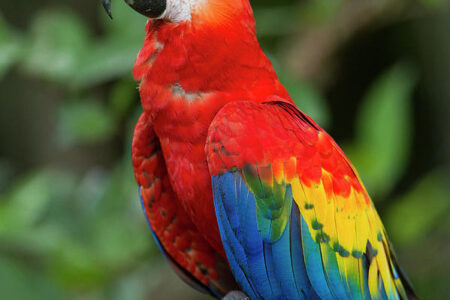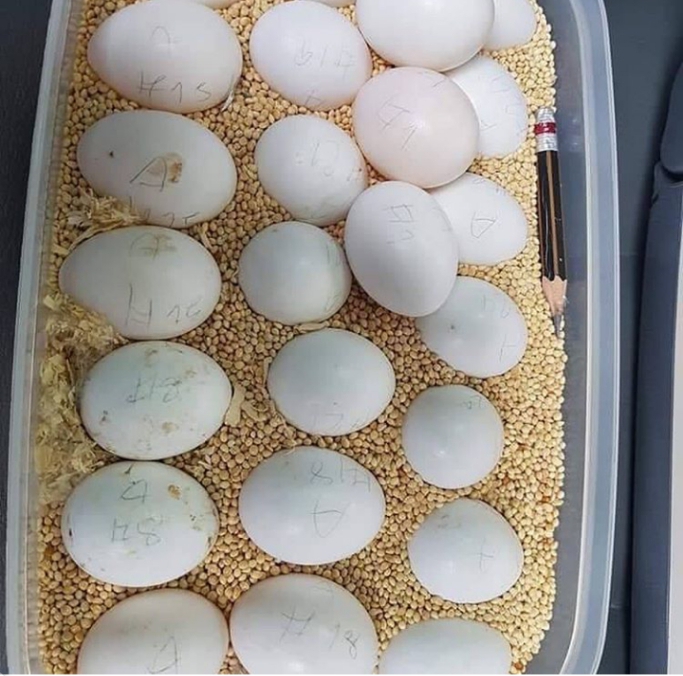Congo African grey parrot for sale – Congo African Grey Parrot Eggs
Little is known about the behavior and activities of these birds in the wild. In addition to a lack of research funding, it can be particularly difficult to study these birds in wild situations due to their status as prey animals, which leads them to have rather secretive personalities. It has been shown that wild greys may also imitate a wide variety of sounds they hear, much like their captive relatives. In the Democratic Republic of the Congo, two greys sound-recorded while roosting reportedly had a repertoire of over 200 different calls, including nine imitations of other wild bird songs and one of a bat.
$80.00
- Description
Description
The grey parrot (Psittacus erithacus), also known as the Congo grey parrot, Congo African grey parrot for sale, or African grey parrot, is an Old World parrot in the family Psittacidae. The Timneh parrot (Psittacus timneh) once was identified as a subspecies of the grey parrot, but has since been elevated to a full species.
The grey parrot was formally described in 1758 by the Swedish naturalist Carl Linnaeus in the tenth edition of his Systema Naturae. He placed it with all the other parrots in the genus Psittacus and coined the binomial name Psittacus erithacus. Linnaeus erroneously specified the type locality as “Guinea”: the locality was later designated as Ghana in West Africa. The genus name is Latin for “parrot”. The specific epithet erithacus is Latin and is derived from the Ancient Greek εριθακος (erithakos) for an unknown bird that was said to mimic human sounds, perhaps the black redstart. The species is monotypic: no subspecies are recognised.
The Timneh parrot was formerly treated as a subspecies of the grey parrot but is now considered to be a separate species based mainly on the results from a genetic and morphological study published in 2007. Although Linnaeus placed all the parrots known to him in the genus Psittacus, only the grey parrot and the Timneh parrot are now assigned to this genus.
The Congo African grey parrot for sale is a medium-sized, predominantly grey, black-billed parrot. Its typical weight is 400 g (14 oz), with an approximate length of 33 cm (13 in), and a wingspan of 46–52 cm (18–20+1⁄2 in). The grey colour on the head and wings is generally darker than its body. The head and body feathers have slight white edges. The tail feathers are red.
Due to selection by parrot breeders, some grey parrots are partly or completely red. Both sexes appear similar. The colouration of juveniles is similar to that of adults, but typically their eyes are dark grey to black, in comparison to the yellow irises around dark pupils of the adult birds, and their undertail coverts are tinged with grey. Adults weigh 418–526 g (14+3⁄4–18+1⁄2 oz).
Grey parrots may live for 40–60 years in captivity, although their mean lifespan in the wild appears to be shorter—approximately 23 years. They start breeding at an age of 3–5 years and lay 3-5 eggs per brood.
The grey parrot is native to equatorial Africa, including Angola, Cameroon, the Congo, Gabon, Ivory Coast, Ghana, Kenya, and Uganda. The species is found in a range from Kenya to the eastern part of the Ivory Coast. Current estimates for the global population are uncertain and range from 630,000 to 13 million birds. Populations are decreasing worldwide. The species seems to favor dense forests, but can also be found at forest edges and in more open vegetation types, such as gallery and savanna forests.
A population study published in 2015 found that the species had been “virtually eliminated” from Ghana with numbers declining 90 to 99% since 1992. They were found in only 10 of 42 forested areas, and three roosts that once held 700–1200 birds each, now had only 18 in total. Local people mainly blamed the pet trade and the felling of timber for the decline. Populations are thought to be stable in Cameroon. In the Congo, an estimated 15,000 are taken every year for the pet trade, from the eastern part of the country, although the annual quota is stated to be 5,000.
Grey parrots have escaped or been deliberately released into Florida, U.S., but no evidence indicates that the population is breeding naturally.





